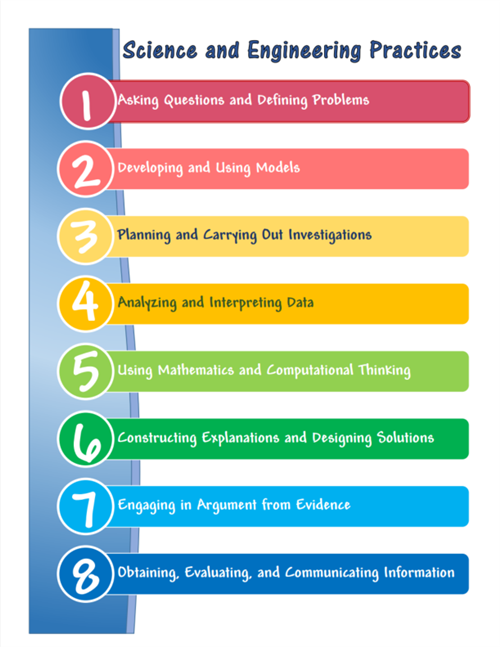| So after coming to consensus about the conditions necessary to see an object, we're recognizing that this phenomena is something important for our everyday lives. Since Mrs. Brinza always says that we "walk the walk and talk the talk of scientists and engineers," we walked through the science and engineering practices to realize that in the first two weeks of school, we've touched upon 7 or the 8 practices. We're going to figure out how to represent the phenomena of seeing objects...but first, we had to figure out what a model was in the first place. |
Through some careful dialogue, we all agreed on the following:
1. Models represent phenomena.
2. They can be 2D or 3D or maybe even something we watch.
3. They explain the phenomena.
4. Some models better represent phenomena over others.
5. Models can change over time as our understanding changes.
Check back next week as we work through the development of models and our ability to evaluate them. It's surely an exciting time in science!
1. Models represent phenomena.
2. They can be 2D or 3D or maybe even something we watch.
3. They explain the phenomena.
4. Some models better represent phenomena over others.
5. Models can change over time as our understanding changes.
Check back next week as we work through the development of models and our ability to evaluate them. It's surely an exciting time in science!

 RSS Feed
RSS Feed